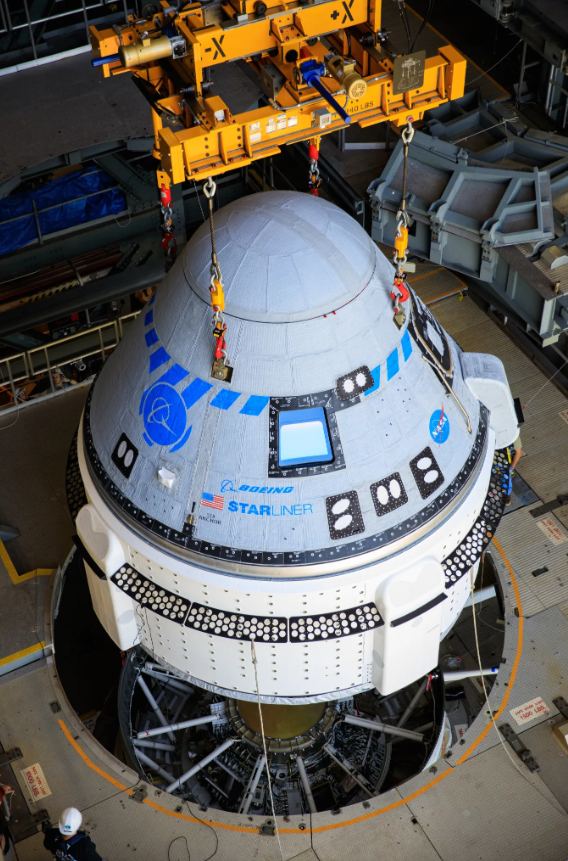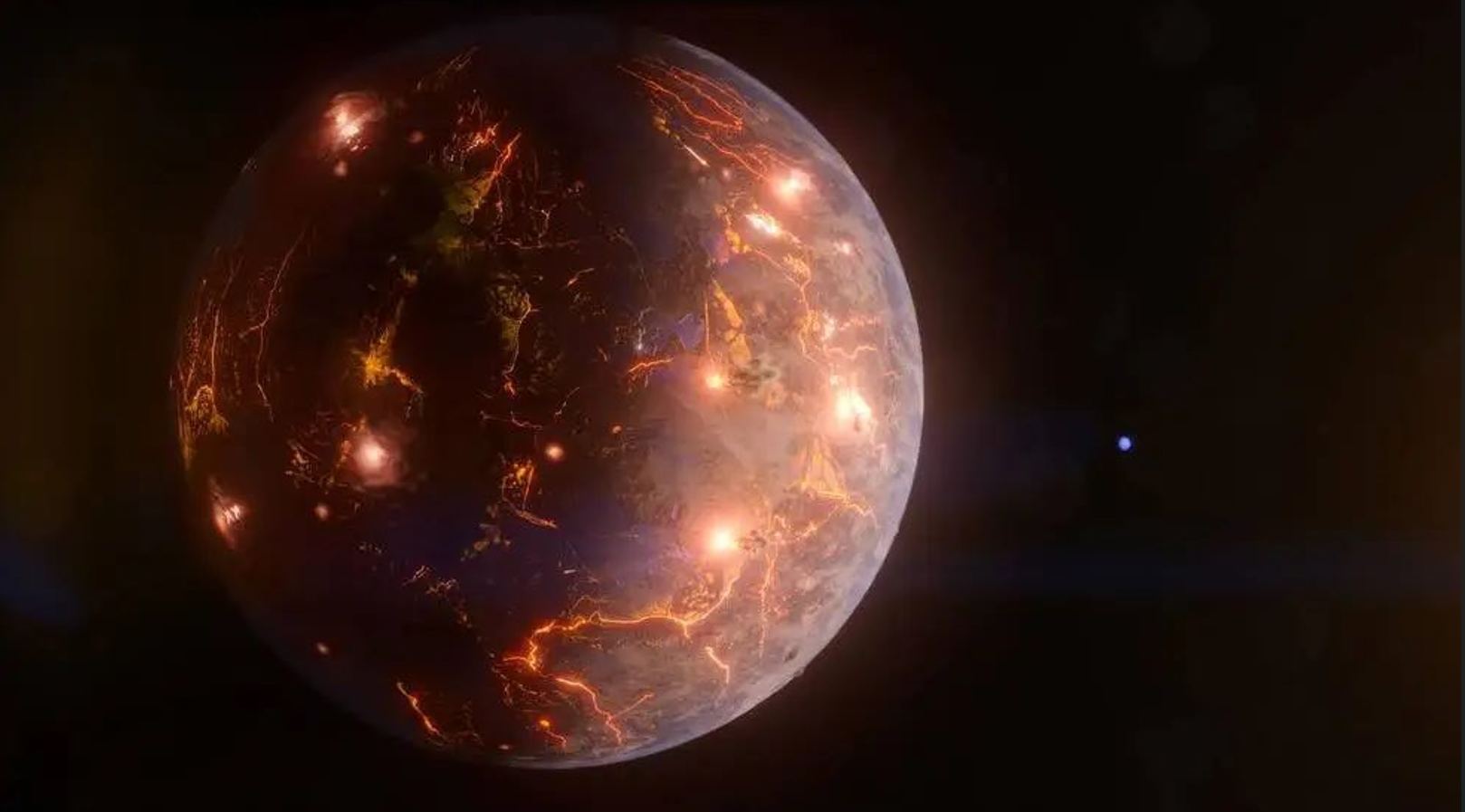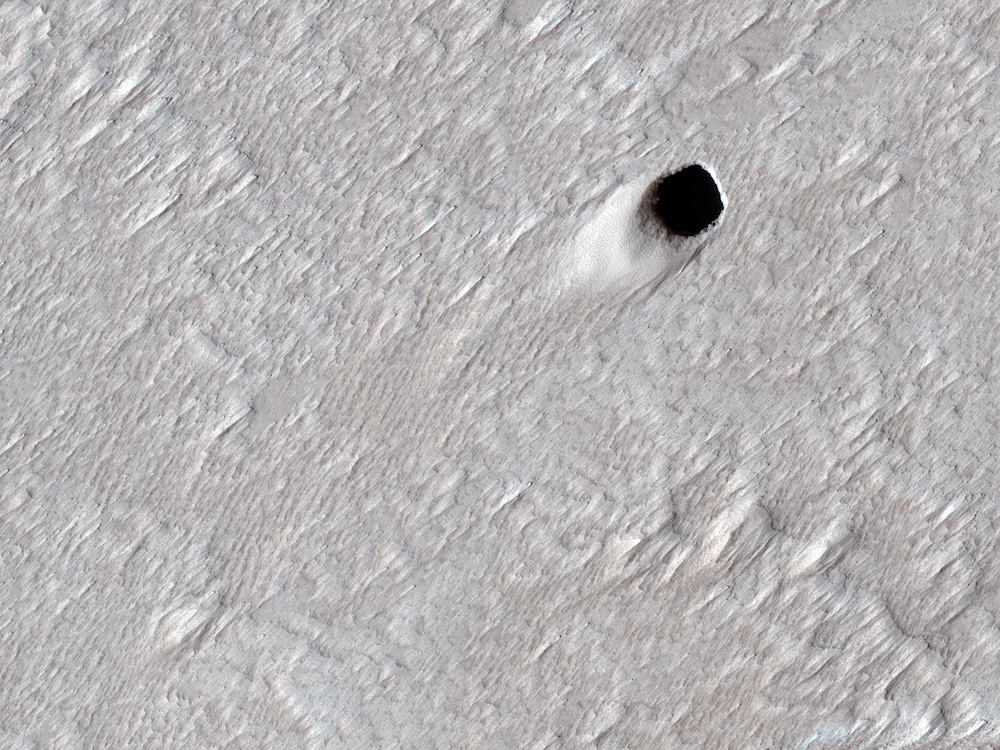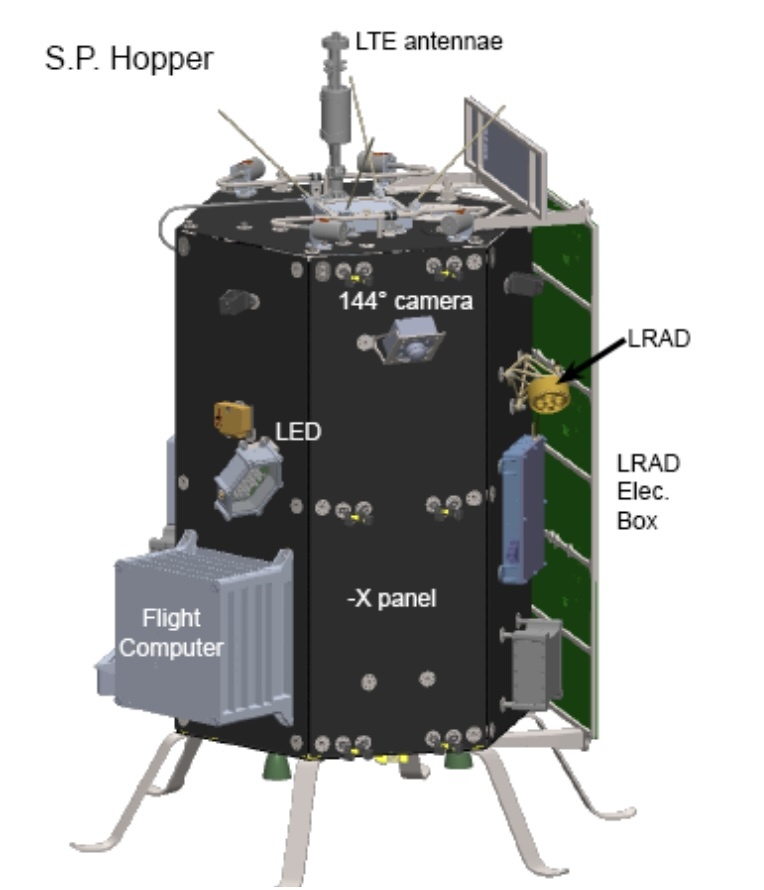Starliner, the new crewed capsule from Boeing, has been in the works for a long time. Originally unveiled in 2010, the capsule has been under development for the last 14 years, primarily utilizing NASA grants and contracts. However, Boeing itself has taken upwards of 1 billion dollars in hits to earnings as part of the craft’s development. After all that time in the prototype stages, Starliner is finally ready for its first crewed flight – which has now officially been scheduled for May 6th.
Continue reading “NASA Announces Starliner’s Next Launch Attempt: May 6”Perseverance Finds its Dream Rock
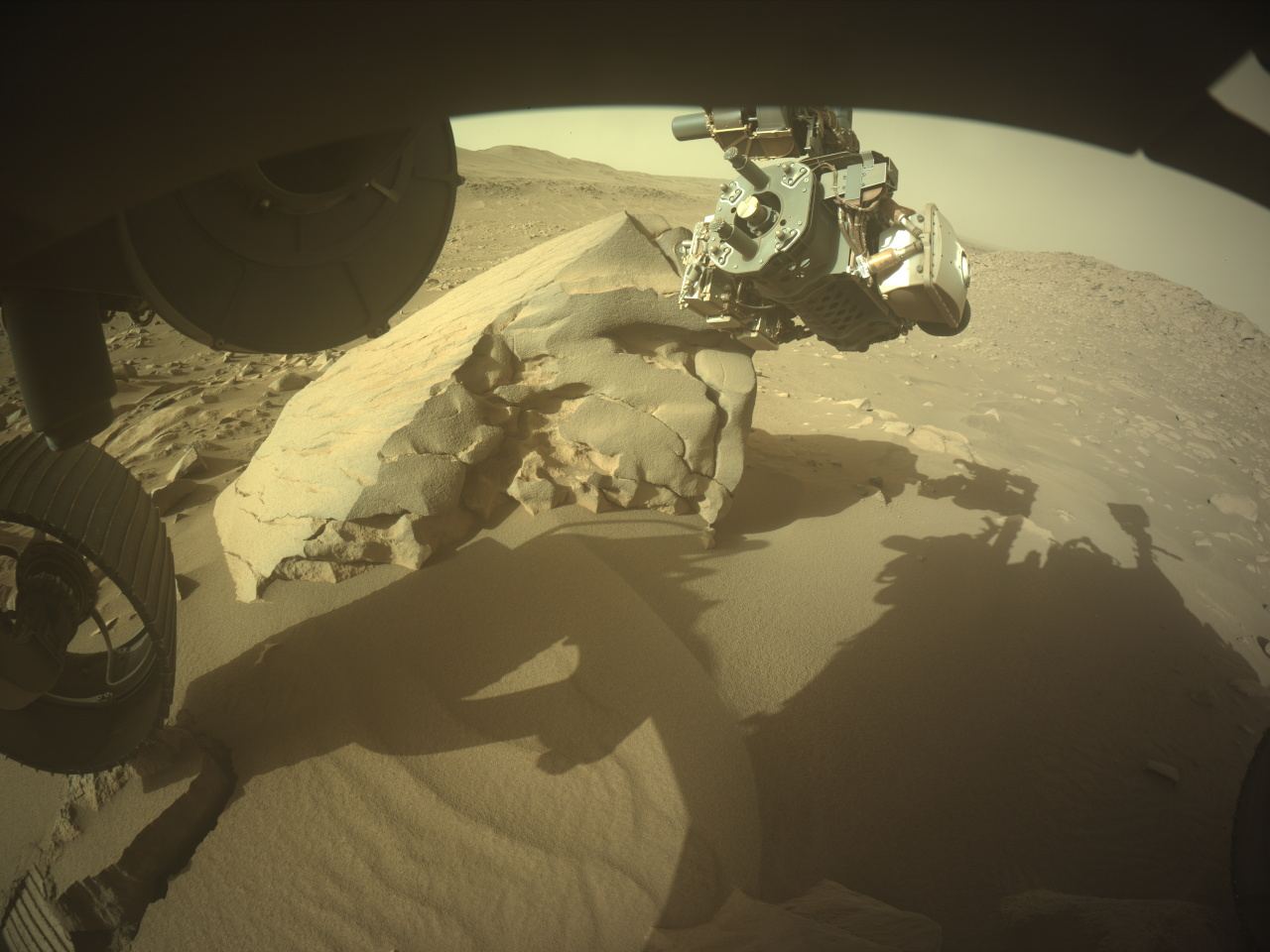
If there’s a Holy Grail on Mars, it’s probably a specific type of rock: A rock so important that it holds convincing clues to Mars’ ancient habitability.
Perseverance might have just found it.
Continue reading “Perseverance Finds its Dream Rock”Start Your Engines: NASA Picks 3 Teams to Work on Lunar Terrain Vehicle
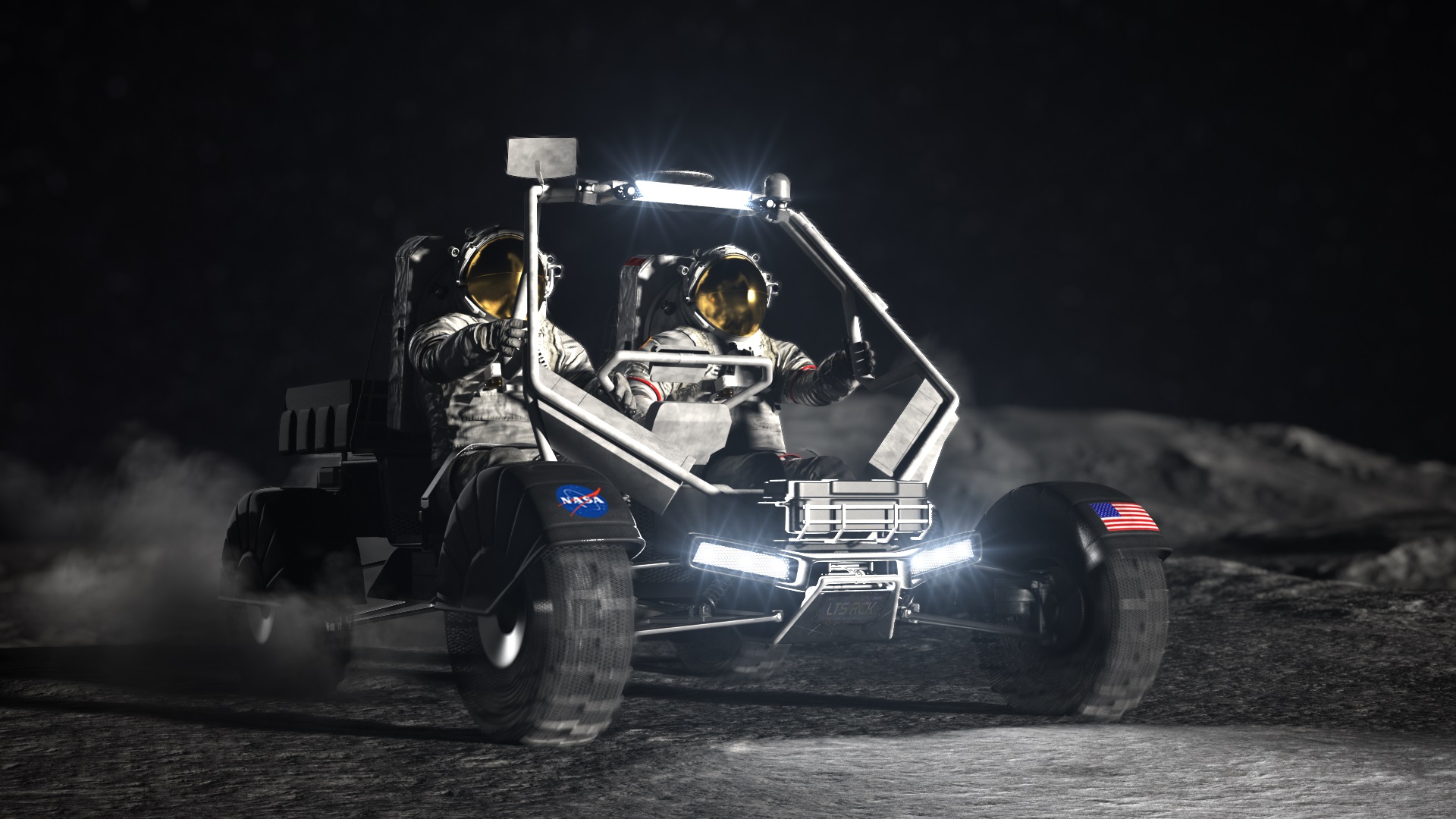
Some of the biggest names in aerospace — and the automotive industry — will play roles in putting NASA astronauts in the driver’s seat for roving around on the moon.
The space agency today selected three teams to develop the capabilities for a lunar terrain vehicle, or LTV, which astronauts could use during Artemis missions to the moon starting with Artemis 5. That mission is currently scheduled for 2029, three years after the projected date for Artemis’ first crewed lunar landing.
The teams’ leading companies may not yet be household names outside the space community: Intuitive Machines, Lunar Outpost and Venturi Astrolab. But each of those ventures has more established companies as their teammates.
Continue reading “Start Your Engines: NASA Picks 3 Teams to Work on Lunar Terrain Vehicle”The Large Magellanic Cloud isn’t Very Metal
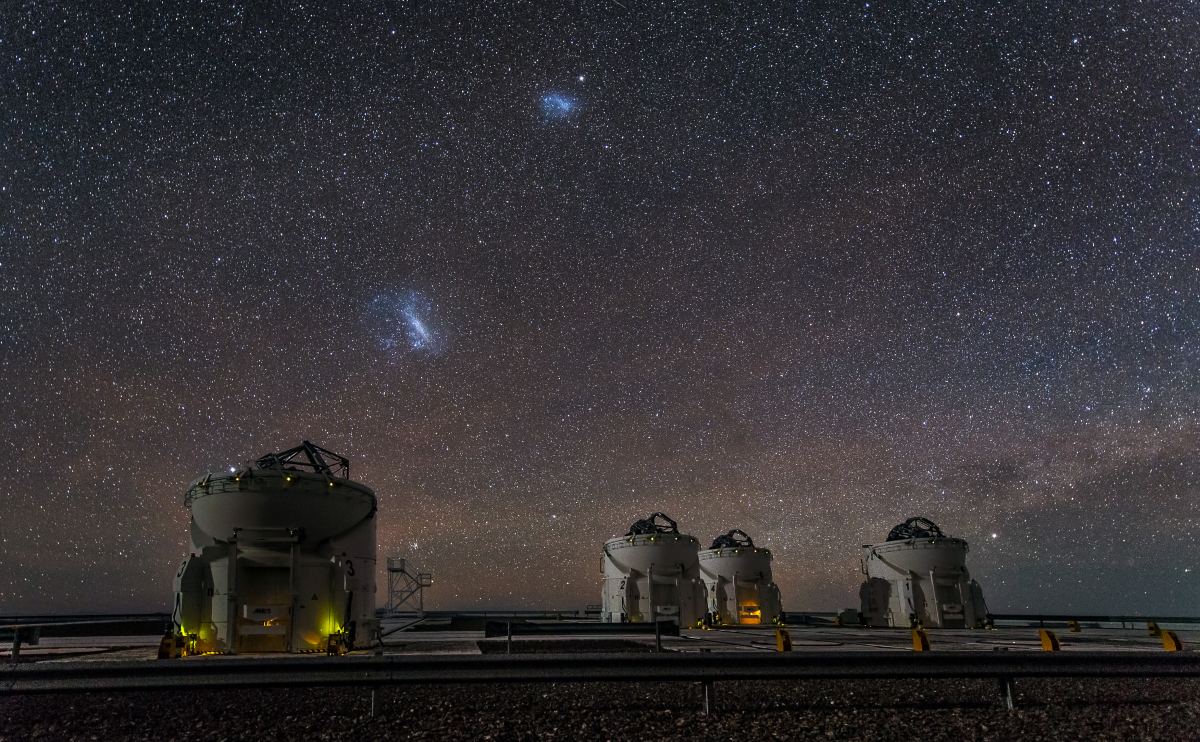
The Large Magellanic Cloud (LMC) is the Milky Way’s most massive satellite galaxy. Because it’s so easily observed, astronomers have studied it intently. They’re interested in how star formation in the LMC might have been different than in the Milky Way.
A team of researchers zeroed in on the LMC’s most metal-deficient stars to find out how different.
Continue reading “The Large Magellanic Cloud isn’t Very Metal”Could We Directly Observe Volcanoes on an Exoplanet?
After a few decades of simply finding exoplanets, humanity is starting to be able to do something more – peer into their atmospheres. The James Webb Space Telescope (JWST) has already started looking at the atmospheres of some larger exoplanets around brighter stars. But in many cases, scientists are still developing models that both explain what the planet’s atmosphere is made of and match the data. A new study from researchers at UC Riverside, NASA’s Goddard Spaceflight Center, American University, and the University of Maryland looks at what one particular atmospheric process might look like on an exoplanet – volcanism.
Continue reading “Could We Directly Observe Volcanoes on an Exoplanet?”What's the Earliest the Moon Could Have Formed?
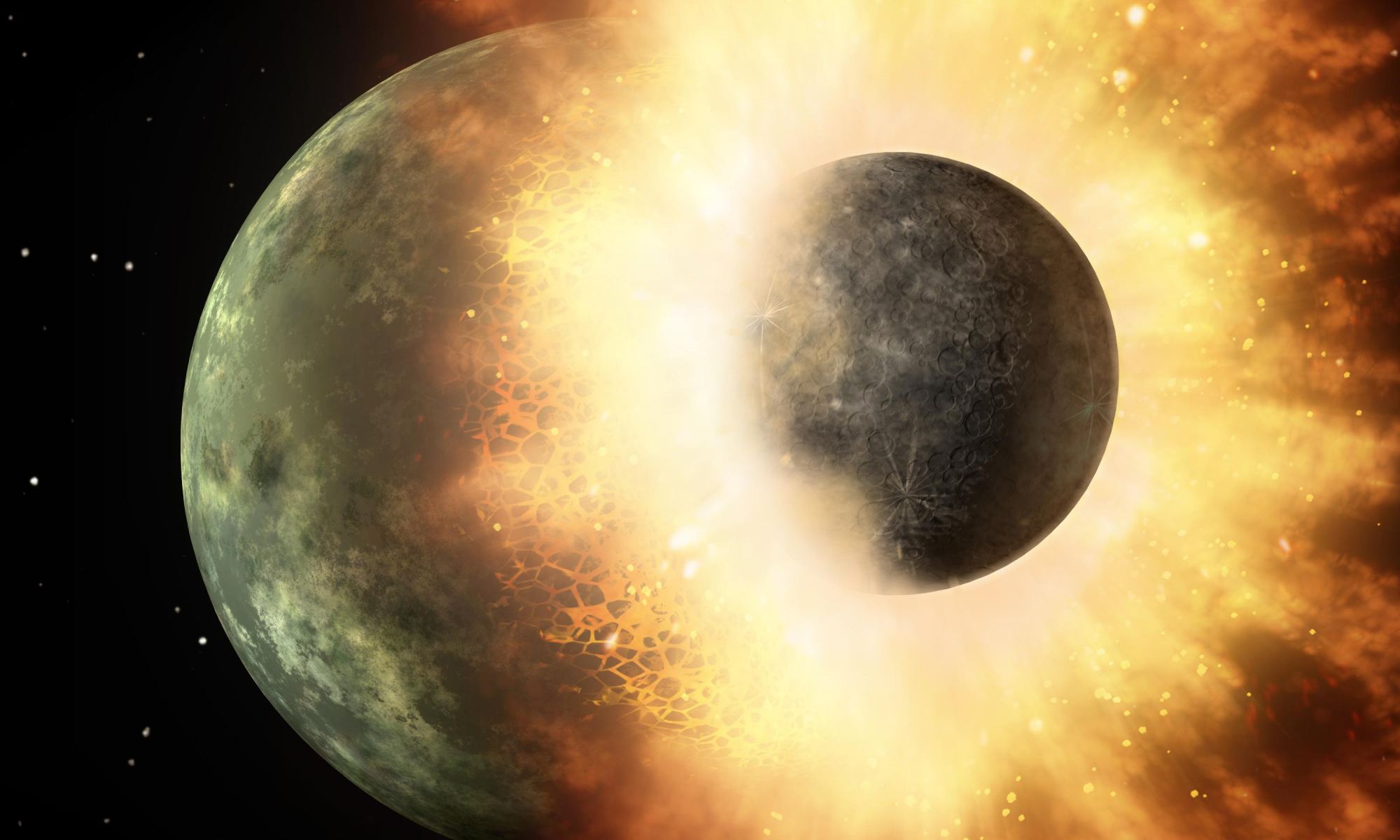
Astronomers are pretty sure they know where the Moon came from. In the early Solar System, a Mars-sized object dubbed Theia smashed into Earth. This cataclysmic collision knocked a huge mass of material into orbit, which coalesced and cooled into the Moon. But establishing exactly when this occurred is a difficult task. At the 55th annual Lunar and Planetary Science Conference (LPSC 55) last month in The Woodlands, Texas, researchers proposed a new timeline of events that moves the giant impact earlier than previous predictions, at just 50 million years after the formation of the Solar System.
Continue reading “What's the Earliest the Moon Could Have Formed?”How Animal Movements Help Us Study the Planet
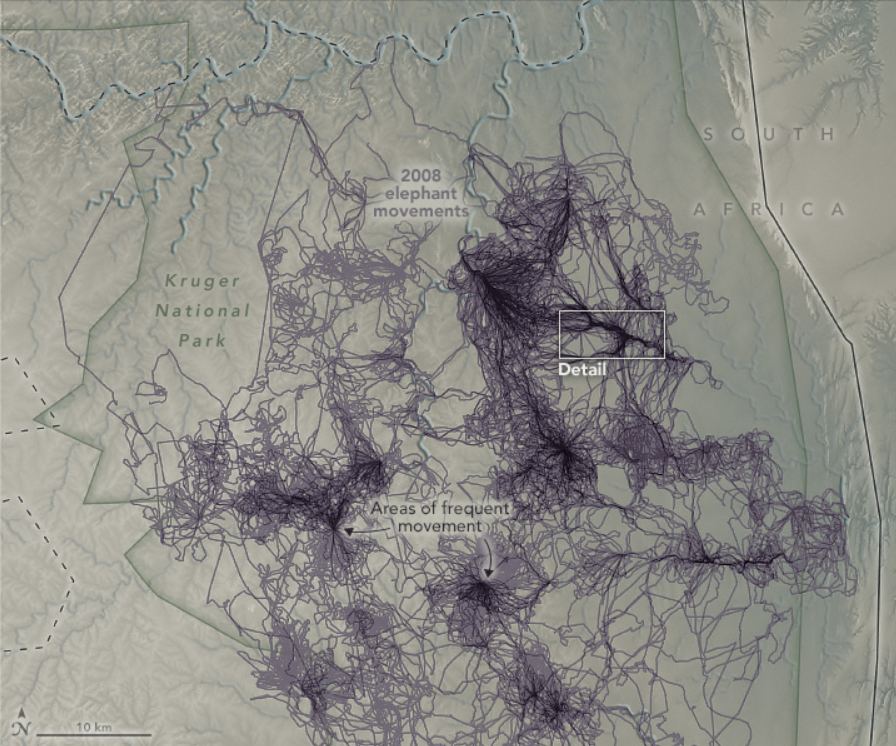
Scientists have been underutilizing a key resource we can use to help us understand Earth: animals. Our fellow Earthlings have a much different, and usually much more direct, relationship with the Earth. They move around the planet in ways and to places we don’t.
What can their movements tell us?
Continue reading “How Animal Movements Help Us Study the Planet”Mapping Lava Tubes on the Moon and Mars from Space
Sometimes, all you need for a new discovery is some creative math. That was the case for a new paper by Edward Williams and Laurent Montési of the University of Maryland’s Department of Geology. They released a brief paper at the Lunar and Planetary Science Conference last month that describes a mathematical way to estimate the size of a lava tube using only remote sensing techniques.
Continue reading “Mapping Lava Tubes on the Moon and Mars from Space”A Robot Hopper to Explore the Moon’s Dangerous Terrain
Intuitive Machines recently had a major breakthrough, successfully becoming the first non-governmental entity to land on the Moon in February. At least the landing was partially successful – the company’s Odysseus lander ended up on its side, though its instruments and communication links remained at least partially functional. That mission, dubbed IM-1, was the first in a series of ambitious missions the company has planned. And they recently released a paper detailing features of a unique hopping robot that will hitch a ride on its next Moon mission.
Continue reading “A Robot Hopper to Explore the Moon’s Dangerous Terrain”Inside a Week to Totality: Weather Prospects, Solar Activity and More
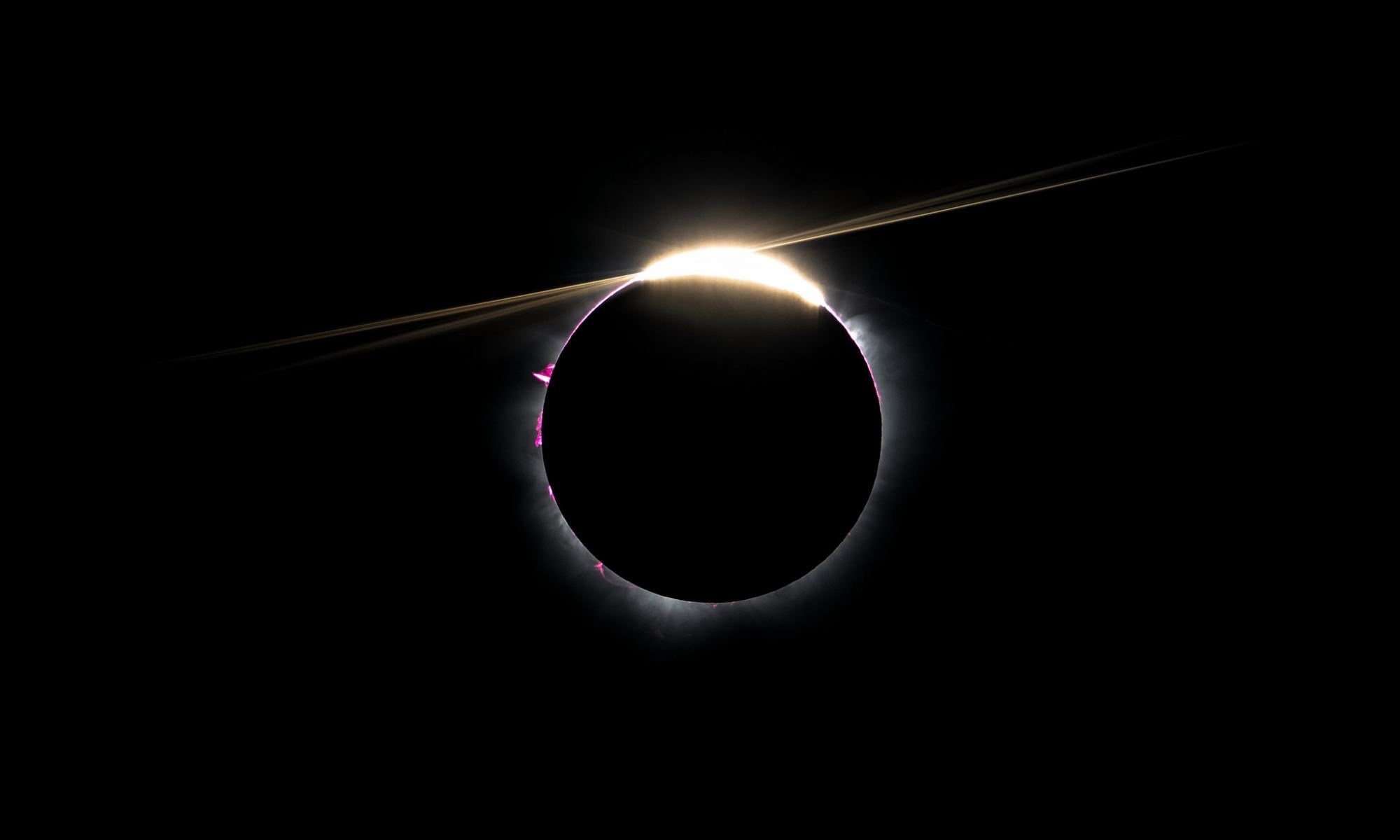
Looking at prospects for eclipse day and totality.
Have you picked out your site to observe the eclipse on April 8th? Next Monday, the shadow of the Moon crosses Mexico, the contiguous United States from Texas to Maine, and the Canadian Maritimes for the last time for this generation. And while over 30 million people live in the path of totality, millions more live within an easy day drive of the path. I’m expecting that many folks will decide to make a three-day weekend of it, and eclipse travel traffic will really pick up this coming Saturday, April 6th.
Continue reading “Inside a Week to Totality: Weather Prospects, Solar Activity and More”
